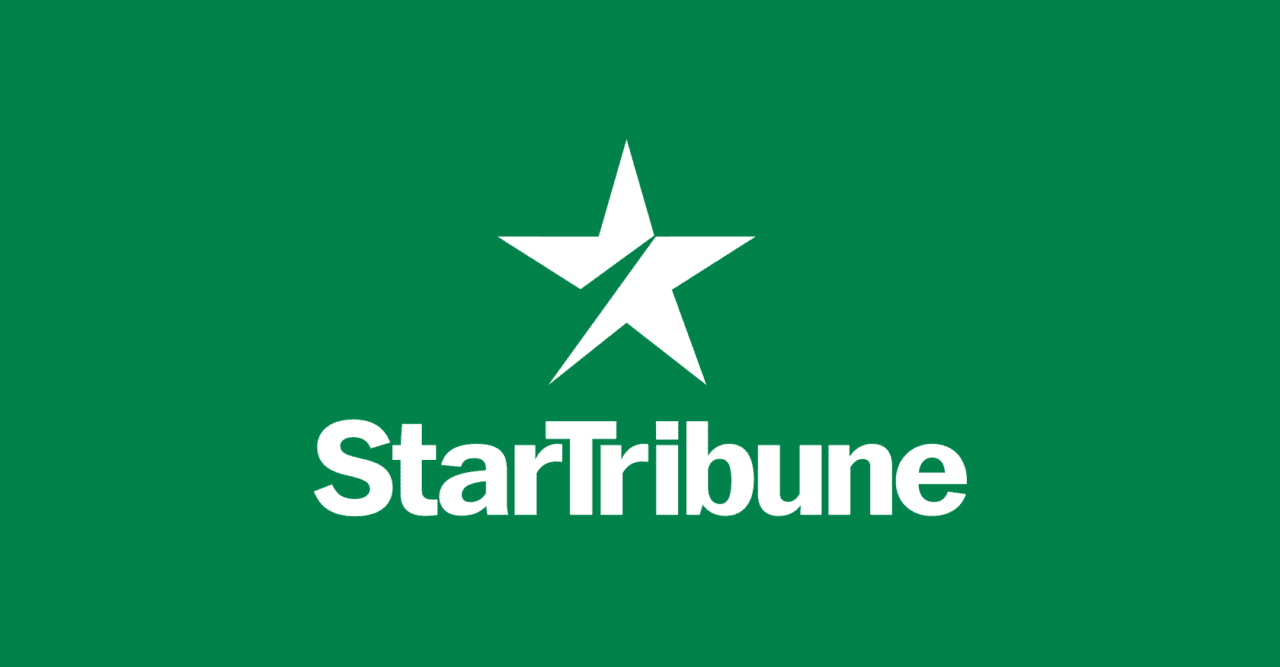EDITORIAL | End the 'ceiling.' Make expanded health insurance aid permanent. – Star Tribune

Allen Zutz has seen firsthand how much more affordable health insurance has become for many northern Minnesotans after what he calls “the ceiling” was lifted.
Zutz is a health insurance broker based in Bemidji. What he’s referring to is the upper limit on income eligibility to qualify for Affordable Care Act financial assistance that instantly discounts monthly premium costs for those who buy health insurance on their own. In 2021, Congress temporarily lifted that eligibility cap.
Before that, younger retirees and farm families in particular often made slightly too much money to qualify for aid, leaving them stretching to pay for coverage or even going without. After the change, the discounted premiums more comfortably fit into a budget.
“People we’ve helped in years past that didn’t get any tax credit, when that ceiling came off and they all of sudden have some money available in their budget instead of all of their money going to health care, it’s pretty powerful,” Zutz said.
Regrettably, the old ceiling capping eligibility for this assistance at 400% of the federal poverty level — $69,680 for a household of two, for example — is poised to snap back into place unless Congress acts. Enhanced ACA aid and expanded eligibility for it was included in the American Rescue Plan bill passed in 2021. But it came with an expiration date looming far too soon: Dec. 31, 2022.
Remedy is required to continue helping those who struggle to buy on the individual insurance market. It serves those who don’t get coverage through an employer or public programs such as Medicare — among them farm families, entrepreneurs and young retirees. About 3% of Minnesotans, or 163,000 people, purchase a health plan this way
Costs in this market can be daunting because there’s no employer to subsidize the cost of a plan, a key benefit of getting coverage through a job. It’s a problem that many in their early 60s grapple with.
Eligibility for Medicare, the federally run program for seniors, typically starts at age 65. But many people leave their jobs before then, sometimes due to layoffs or health problems. They still need quality, affordable coverage, which can be hard to find.
For example, the monthly insurance premiums for a household of two in southwest Minnesota with an income of $70,000 could come to $1,504 a month, according to a scenario provided by MNsure. That’s the state-run health insurance marketplace and the only avenue to access ACA assistance.
Before Congress temporarily lifted the income ceiling for ACA subsidies, this couple would have made too much to qualify for ACA subsidies. But without the ceiling, this couple could qualify for $1,046 a month in assistance, leaving them with a monthly bill of $458.
The National Academy for State Health Policy is sounding the alarm about putting the ceiling back. It estimates that 69,515 enrollees in Minnesota will see reduced or eliminated aid. Enrollee net premium costs could go up 30% to 40%, with “sticker shock” starting in October when renewal notices arrive for 2023 coverage.
Congress is aware of this problem and efforts are underway to permanently end the income ceiling. The price tag: $24.8 billion annually over the next decade.
Finding a way to offset that cost appears rightfully to be the key to eventual congressional approval. One potential avenue offered by Democrats: leveraging savings from prescription drug cost reforms the party is advocating for.
The American Rescue Plan lowered health care costs for “70,000 Minnesotans … and we did it without a single Republican vote of support. Now, with families stressed by rising costs, we should make these cost savings permanent,” said Sen. Tina Smith, D-Minn.
In Bemidji, Zutz noted that the expanded ACA assistance doesn’t just benefit the qualifying household. There are positive ripple effects on businesses, too, when consumers have more disposable income. Said Zutz: “The economy needs them to have some money left to buy other stuff.”







